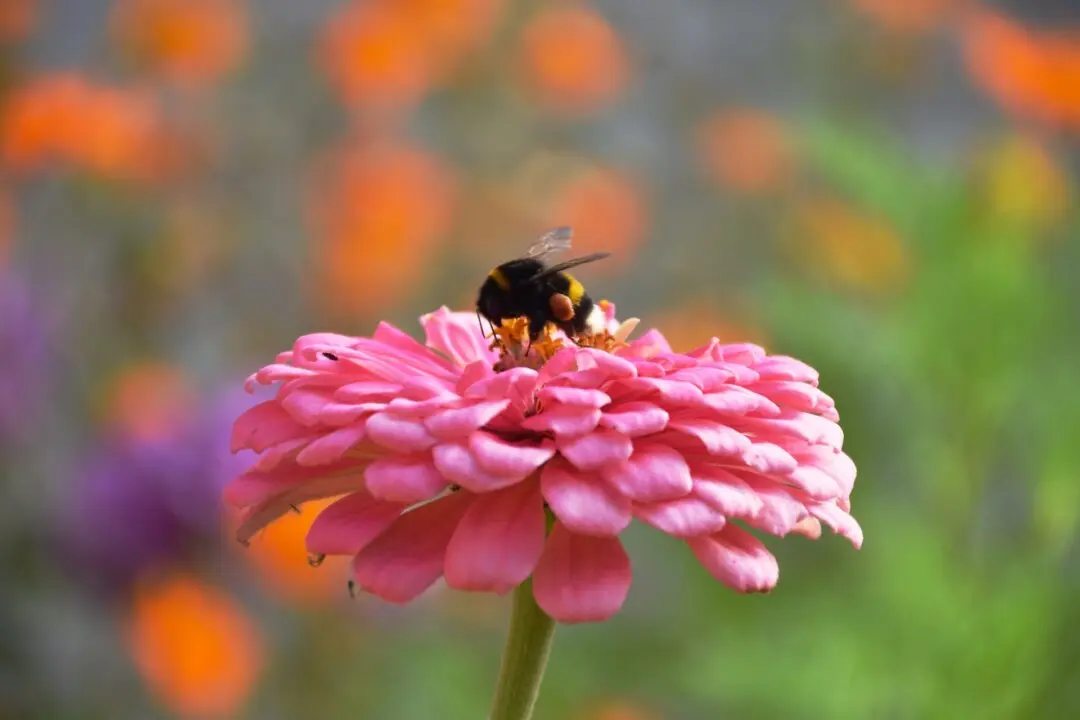Instead of spending money to have your yard waste picked up and hauled off to a composting facility and then turning around and buying organic matter for the garden and flower beds, why not just do it yourself? Compost has many sources and many uses. It is mostly decayed organic matter. The most common ingredients are leaves, grass clippings, dead plants, and kitchen scraps from fruits and vegetables. Do not use animal products from the kitchen because they decompose slowly and attract pests.
By returning composted organic matter to the garden, you can improve plant growth. It adds nutrients, loosens clay soil for roots, water, and air and improves the soil’s structure. Just as grass benefits from having the nutrients in its clippings recycled back into the lawn, trees also benefit from having their nutrients returned to them. If there are just a few leaves, mow them a few times to break them into small pieces that will filter down to the soil. Larger quantities of leaves can be composted and added back to the tree as mulch.





